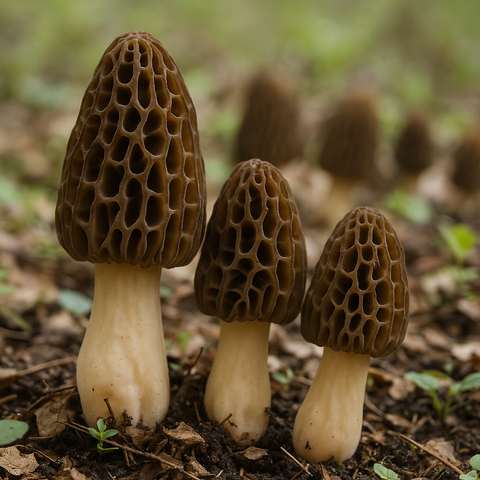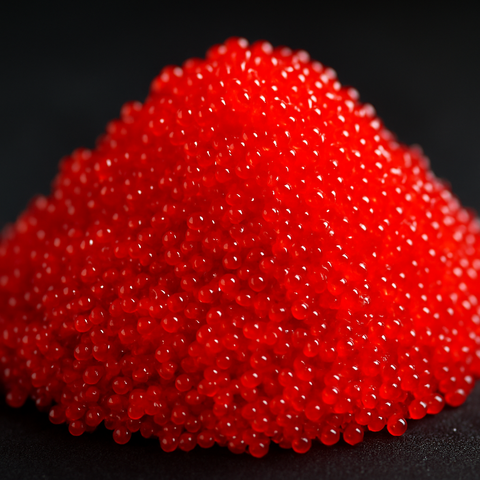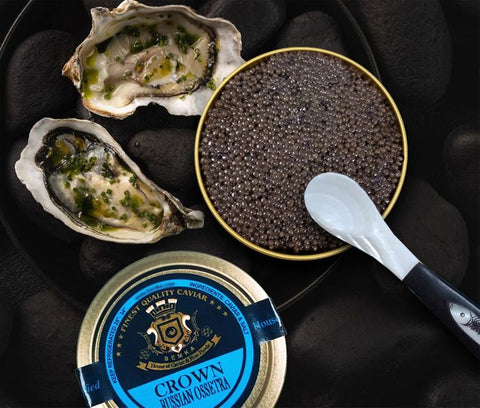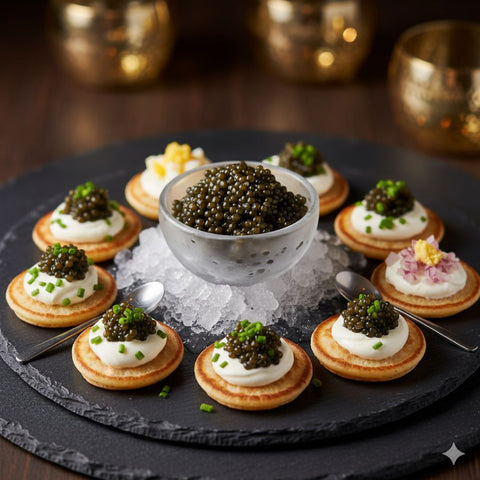General

Persia introduced caviar to Russia and Europe centuries later through trade and diplomacy. The tradition of serving caviar at royal banquets spread, but the Persian legacy endured. Even as Russian tsars later popularized caviar in the West, Persian caviar remained the gold standard, prized for its unrivaled richness, delicate pearls, and ocean-kissed flavor.

So, what fish does caviar come from? True caviar comes only from sturgeon. Beluga, Ossetra, Sevruga, and Kaluga are among the most celebrated types, each with unique textures and flavors. While roe from salmon, trout, paddlefish, or flying fish may also be marketed as caviar, they are technically not the same.

Morel mushrooms are more than just a gourmet delicacy—they are a symbol of nature’s mystery, a seasonal treasure that brings people together, and a culinary delight that inspires creativity in the kitchen. Whether you are a seasoned chef, a first-time forager, or someone who simply loves unique ingredients, morels offer an experience unlike any other.

When you think of sushi, one of the most striking toppings that comes to mind is tobiko—the tiny, jewel-like fish roe that bursts with color and flavor. Among its variations, red tobiko stands out for its vivid hue, crisp texture, and subtle briny sweetness. This delicacy is more than just a garnish; it is a staple of Japanese culinary artistry and an ingredient that bridges tradition with modern creativity.

Crown Ossetra is a premium grade of Ossetra (or Osetra) caviar, made from the eggs of the Acipenser gueldenstaedtii sturgeon.
The term “Crown” is often used by brands (like Bemka and House of Caviar & Fine Foods) to denote a top-tier selection: large, uniformly sized grains, excellent texture, and flavor that stands out even among other Ossetra offerings.


